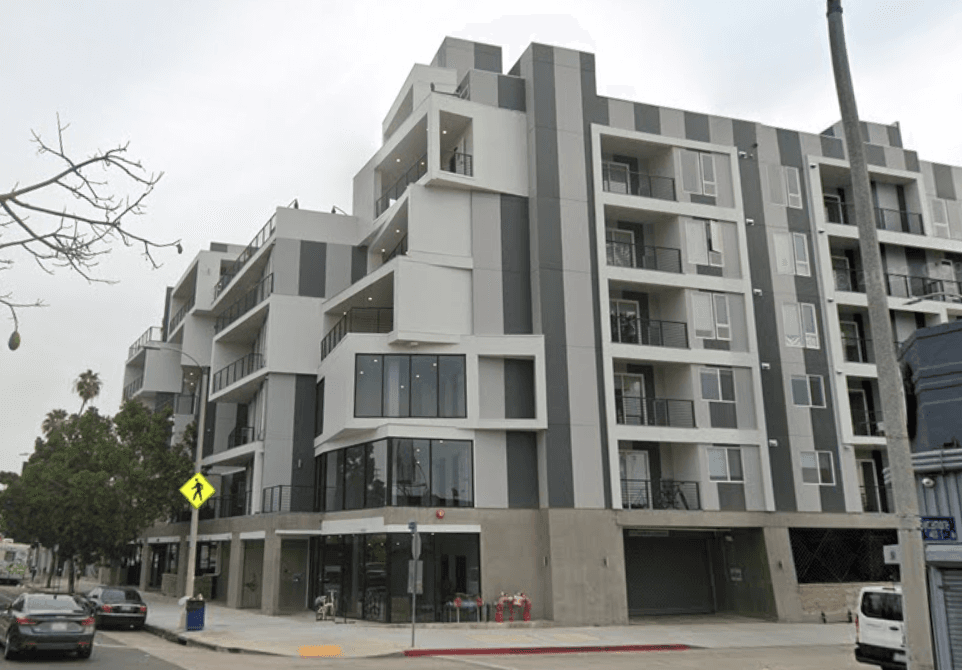Commentary
In 1996, Californians voted, 55 to 45 percent, to ban the use of affirmative action in admissions to state schools and in state employment. In 2020, Californians voted to maintain the ban by an even wider margin, 57 to 43 percent. Last year, the United States Supreme Court struck down college affirmative action policies on the grounds they violate the Fourteenth Amendment’s Equal Protection Clause.





